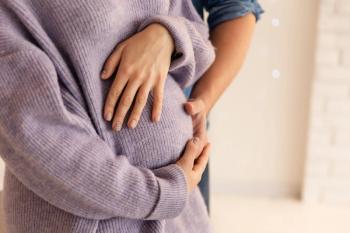
Should OCs be prescribed to treat teen eating disorders?
OCs should absolutely not be prescribed to treat teen eating disorders, says this expert; however, doing so for contraception is not contraindicated in adolescent women with eating disorders like anorexia or bulimia.
Eating disorders are being diagnosed more frequently in adolescents and young women-and they can cause significant short and long-term complications.1 Among the more serious long-term complications is reduced bone mineral density (BMD), leading to osteoporosis and increased fracture risk. Our goal here is to discuss the use of oral contraceptives (OCs) in teens with eating disorders, specifically in relation to the management of amenorrhea and reduced BMD.
A primer on eating disorders
Bulimia nervosa. A patient with BN has binge episodes followed by inappropriate compensatory behaviors. During her binge episodes, she ingests an enormous amount of food while feeling out-of-control. She may compensate for these episodes with inappropriate behaviors like self-induced vomiting, excessive exercise, prolonged fasting, or taking diet pills, diuretics, or laxatives.
Female Athlete Triad. Within the EDNOS category falls a subgroup of patients with the Female Athlete Triad, which consists of disordered eating, amenorrhea, and osteoporosis.4 Typically, you might expect sports like cross-country running or ballet dancing to predispose a woman to the Triad, given the lean body we associate with those activities; however, it's seen in a variety of sports. This group of women will often pre-sent with relatively normal weights but with amenorrhea.
How big a problem is it?
By some estimates, the incidence of AN in young women is between 0.3% and 0.5%, with the most cases in females aged 15 to 19.1 Bulimia prevalence rates are higher (1%–4%). The group at highest risk for BN, between the ages of 18 and 24 years, is slightly older than for AN. The rates of EDNOS are not known, but most patients who are evaluated for an eating disorder do not meet criteria for either AN or BN, thus falling into the EDNOS category.
Newsletter
Get the latest clinical updates, case studies, and expert commentary in obstetric and gynecologic care. Sign up now to stay informed.










